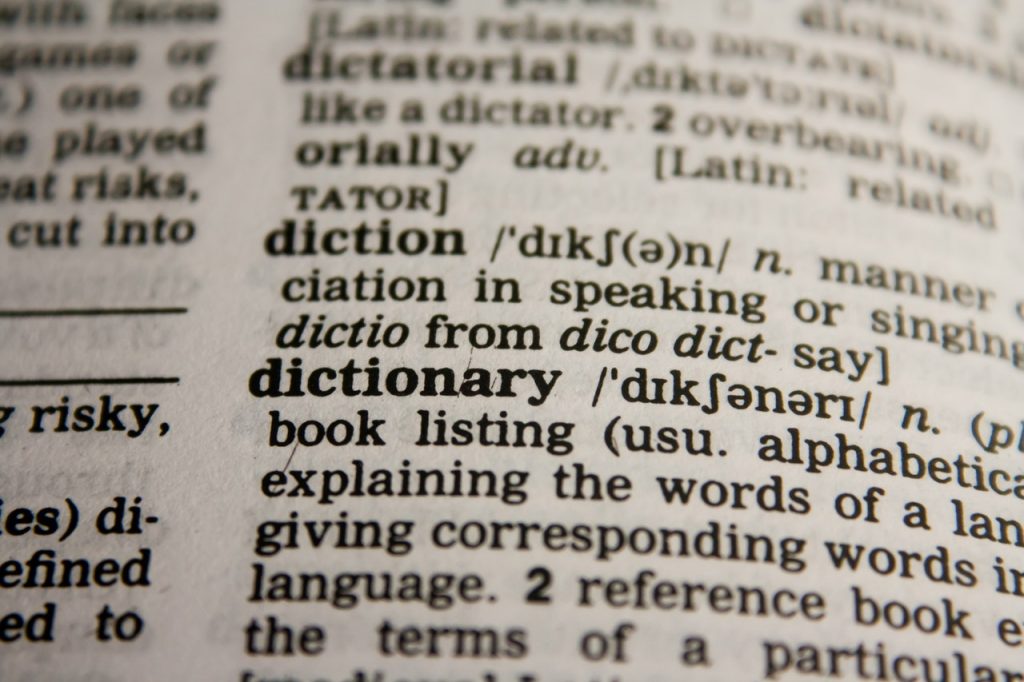When taking out an insurance policy, it’s not unusual for the policy holder to be confronted with a lot of technical jargon. Often embarrassed to ask questions to which they assume the answers might well be common knowledge, they take out that policy and either assume that all will be well, or in reality, simply hope for the best.
As property insurance experts, we want you to know that there really is no such thing as a ‘stupid question’ when it comes to insuring your property. The terms used by the insurance companies are, by no means, common knowledge, so it’s important that these terms are explained in a manner which makes the most sense to you.
In this article, we’re going to take a look at the difference between ‘declared value’ and ‘sum insured’. These two values are often confused, and a mistake made at the point of taking out the policy can have lasting ramifications down the line.
So what is ‘declared value’?
Declared value is sometimes called “day one value” and simply reflects the cost of rebuilding or replacing your property on the first day of your insurance policy. This term shouldn’t be confused with the declared market value of your property as this is a completely different value.
The declared value simply describes the cost it would take to rebuild the property in its entirety, or to make repairs to return it to the condition that it was in on the day you took ownership, hence the term ‘Day One’.
The declared value covers the rebuilding or reconstruction of a property, including any land that the property owner is also accountable for, such as garden land, car parks as well as any fees that need to be paid during the rebuilding period.
These could be construction of labour fees, VAT or even hire fees for skips and other essential rebuilding processes.
This figure will take into account any and all building work that is required here, and it is the day that you took ownership which is of particular significance.
The declared value does not take into account any inflation. This figure is given by you – the insured, but the ‘sum insured’ figure is calculated by your insurance company, utilising calculations based upon projected upswings in inflation.
How the Sum Insured is calculated?
At the outset of the policy, your insurance company will have incorporated what’s known as a Day One Clause into the policy. This clause is designed to protect your insurance company from the cumulative effects of inflation, particularly in an inflation upswing.
Each insurer will set that projected upswing at a different level, and the spectrum can be vast, ranging from anywhere between 10 and 50%.
Ultimately, the sum insured figure is the maximum amount that your insurers will pay out in the event of a claim. Let’s say you have a property with a declared value of £300,000 and the Day One Clause in your policy cites a percentage uplift in inflation of 25%. This would mean that the sum insured value of the insurance policy would be £375,000.
The policy should also cover the period that is required for the designing, planning and reconstruction or rebuilding should you make a claim and usually adds a maximum allowance of 50% (more often than not around 30%) of the declared value to cover the cost of this process.
This figure is particularly important, as the clauses surrounding unexpected expenses in the event of a claim can often see the claimants under insured. This is why it is vitally important that you utilise the services of a reputable insurance broker to avoid such nasty surprises.
Problems with definitions
As we’ve said, the difference between declared value and sum insured is often confused. More importantly, the sum insured figure is there purely to protect the insurer from value increases due to inflation, and not for any other reason.
And those other reasons can cause serious problems in the event of a claim. An incorrect initial value would lead to a declared value on the property which could leave the owners under insured.
Moreover, average clauses will still be an important factor in every policy, where the insurance covers replacing or repairing on a ‘like for like’ basis. Price hikes in building costs and materials may well be covered to a certain degree, but it is more likely that the insurers will insist that you either shop around for lower costs or that you default to using their own builders, which may well set a standard that is not in keeping with your own.
Why Are These Figures Important?
It’s important to understand your insurance policy and what it covers before agreeing to sign it.
The declaration of a declared value is what the insurance company uses to calculate the sum insured value of the policy, but that figure is based usually on nothing more than basic mathematics.
Changes to the building, the location or even the industry it serves, along with the economic climate, will all have an effect on the value of your property. As such, leaving an outdated insurance policy in place could prove to be disastrous in the event of having to make a claim.
As such, you should look to review the basic terms and conditions of your insurance policy on an annual basis, and it’s recommended that you ensure that your declared value is in line with the property’s current market value, at least every 3 years.
Naturally, taking into account only two of the more confusing terms and conditions of an insurance policy is simply not enough for any residential or commercial property owner to make an informed decision as to what policy is required and, perhaps even more important, with whom they should take out an insurance policy.
The team here at Prideview are here to help you navigate through the minefield that is insurance, plus a whole lot more. For more information on property investment or insurance, don’t hesitate to get in touch with us today.



